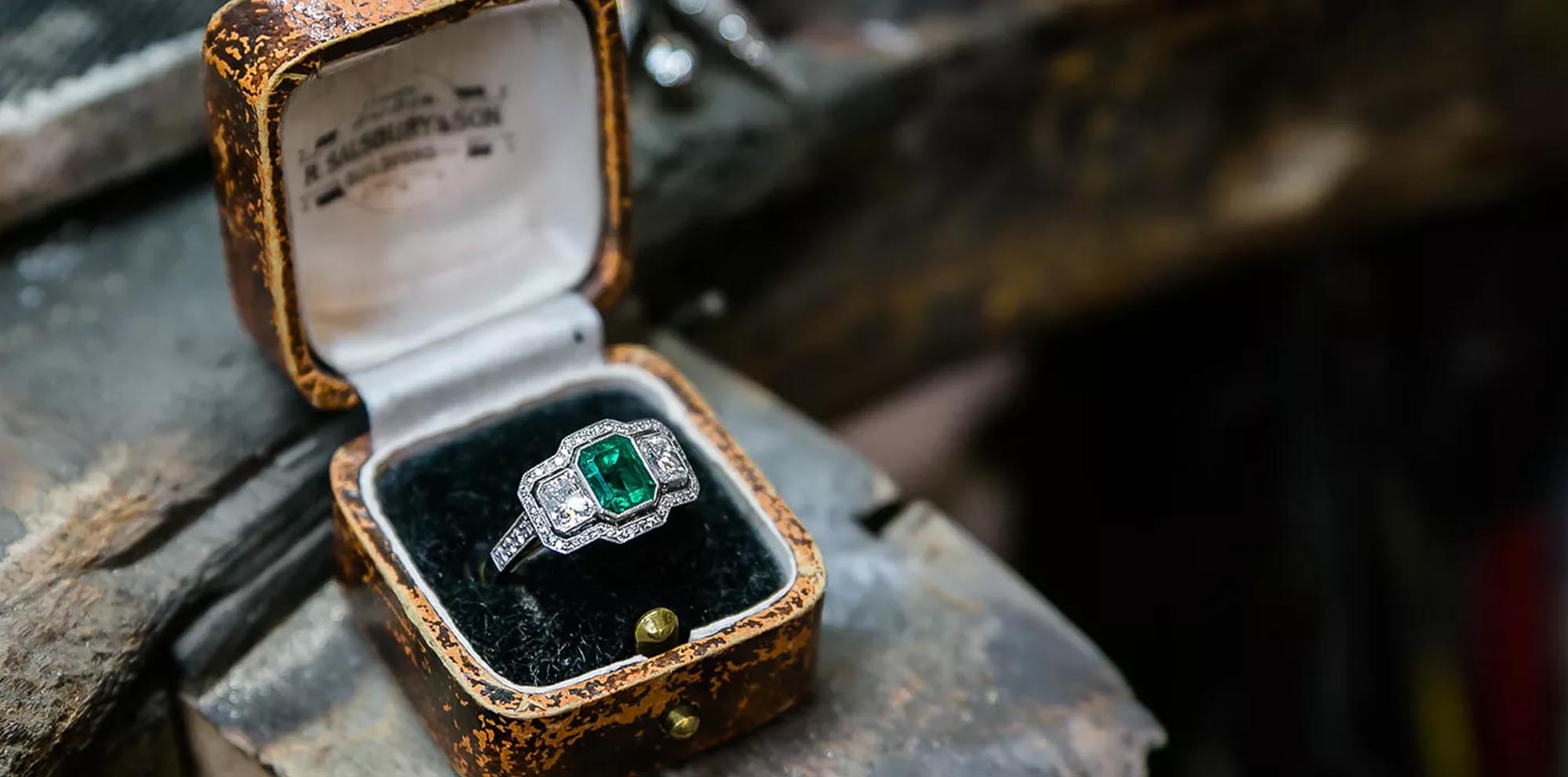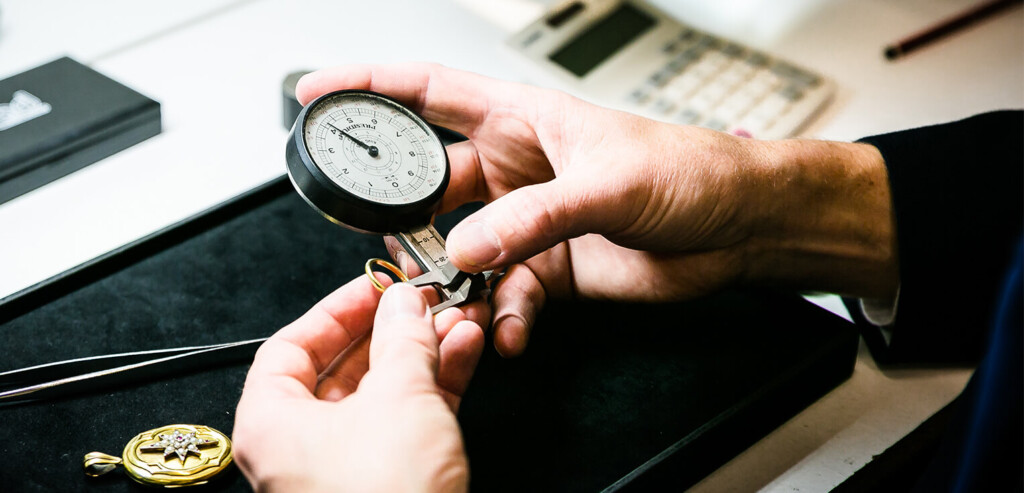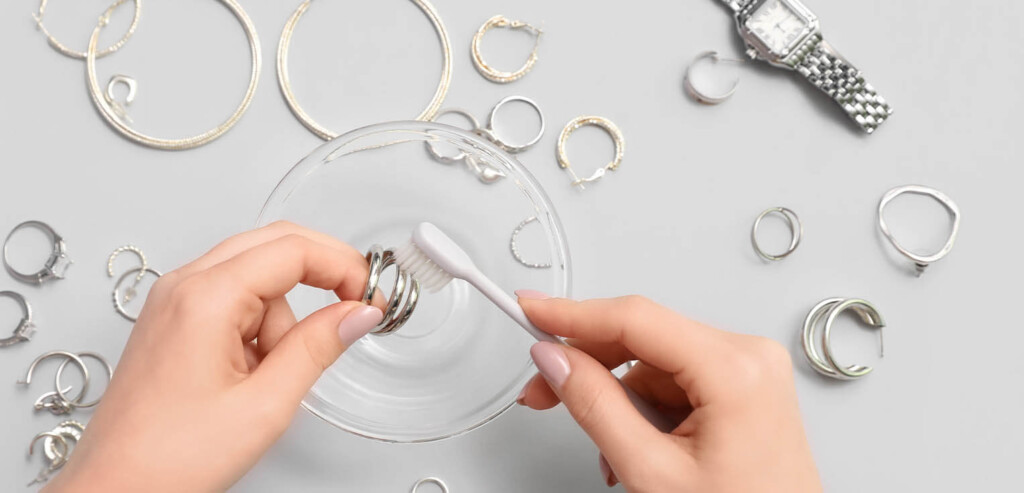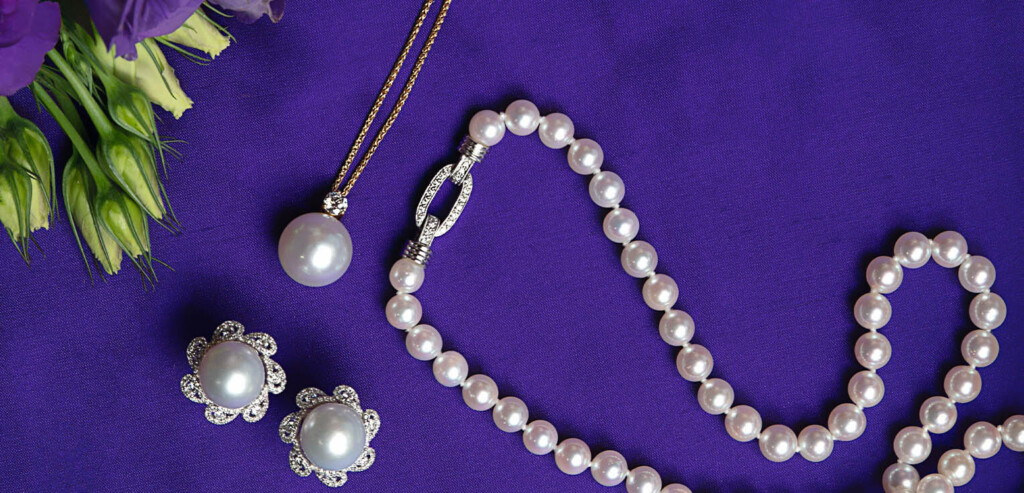Emerald, the striking green gemstone that is not only the birthstone for May – but also the marker of a couple’s 55th wedding anniversary. A stunning addition to one’s jewellery collection, the intensely glamorous stone has a rich history dating back as far as the Egyptians, and remains a hugely popular choice to this day.
Emerald Origin
It’s believed that the oldest emeralds are circa 2.9 billion years old, with the earliest references to the stone originating from Egyptian times, where they were believed to be a symbol of eternal life. Cleopatra was a particular fan of emeralds and regularly wore jewellery including this stone.
During the Victorian era, emeralds received a royal endorsement when Prince Albert presented Queen Victoria with an 18-carat gold serpent engagement ring, which had rubies for eyes, diamonds for the mouth and a large emerald at the centre of the head. Snakes were a common motif during this time in jewellery and symbolised eternal love, much like emeralds, which are believed to represent a bridge between two people when given in love. Before this, engagement rings were a rarity, but they became a fashionable display of wealth for women.
Emeralds were also very popular during the art deco era, with socialites and famous entertainers wearing a variety of extravagant pieces which included emeralds, from rings and necklaces to decorative brooches. Emeralds increased in popularity even more when in 1942, Queen Elizabeth was given the striking Greville Kokoshnik tiara which was made from rose-cut diamonds and featured a large centrepiece emerald, with 12 more emeralds around the sides.
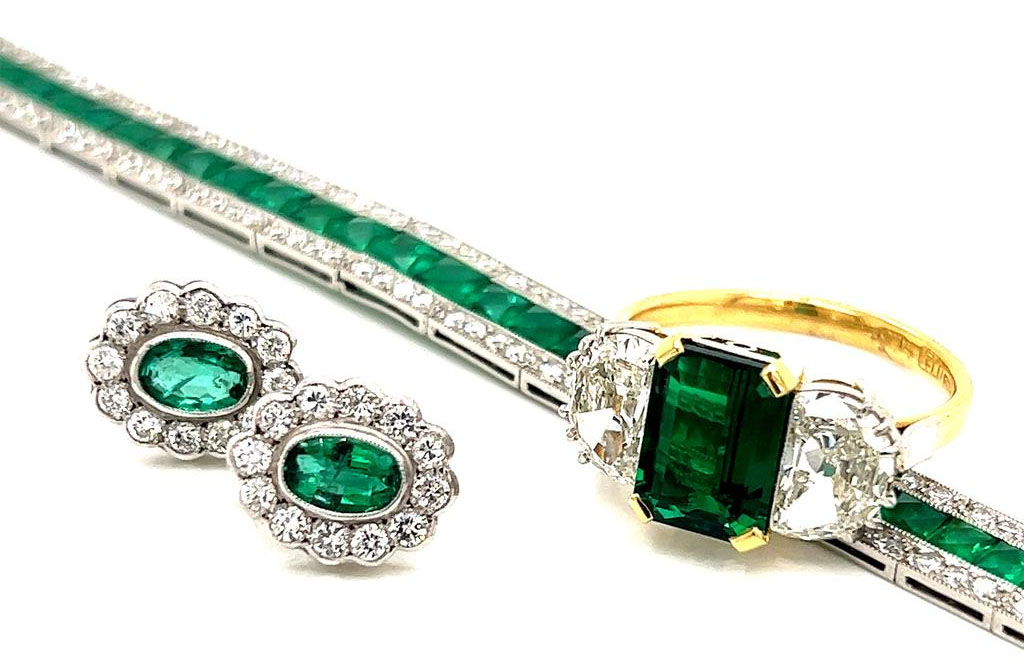
Where are emeralds found?
Emeralds are primarily mined in Columbia, although they can be found elsewhere in the world. Columbia produces around 95% of the world’s supply of emeralds, followed by Brazil, the USA, Pakistan and Zambia. In fact, it’s only in Columbia that one of the rarest types of emeralds can be found – the trapiche. These stones have darker impurities which create a hexagonal core to the gem, with lines that emanate from the centre to the outer edges, creating a wheel-like illusion.
Healing properties of emeralds
For millennia, emeralds have possessed strong symbolic power for the wearer and are thought to represent the prospect of renewal and hope. Emerald jewellery is believed to alleviate feelings of overwhelm, opening up the mind and releasing negative energy. It’s a stone that is said to leave you feeling calm and collected, as well as bringing about good fortune. The elite have long worn emeralds to achieve greater wisdom, but also to protect themselves from disease.
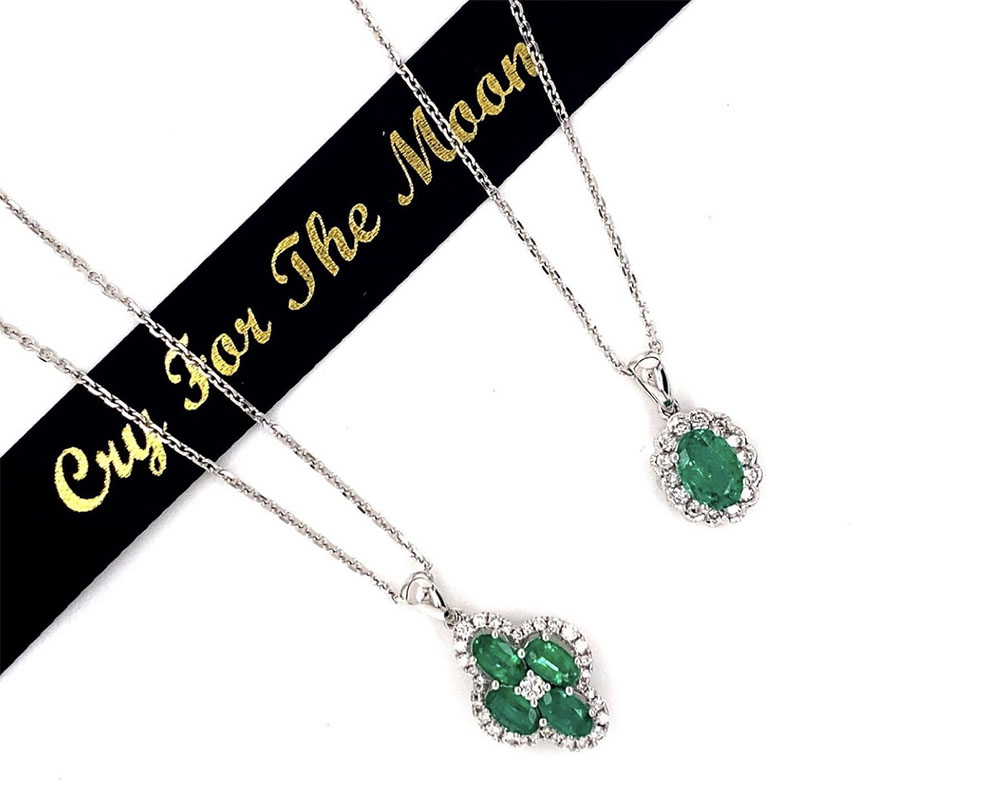
Emerald Qualities
Emeralds usually contain inclusions which are visible to the unaided eye, and as a result, “eye clean” emeralds are incredibly precious because they’re far rarer. The Sandawana mine in Zimbabwe is known for its vividly green stones which, while small, are intensely bright and clear. The stones from this mine average between 0.05 to 0.25 carats, and rarely weigh over 1.50 carats. 1 to 5-carat stones are usually used as centre stones and highly expensive, prestigious pieces can include emeralds of over 20 carats. In fact, since large emeralds are so rare, the price of a 10-carat gem can be as much as 50 times that of a one-carat stone.
Emeralds are relatively hard stones but because they’re prone to inclusions, they can be vulnerable to damage, so they require a lot of care. The ‘Emerald Cut’ is a particular shape used for emeralds, with rectangular step cuts with the corners cut off, as it protects the stones. Jewellery including emeralds is often surrounded by diamonds to protect the edges from damage and chipping.
The colour of an emerald gem is the most important aspect when choosing your jewellery, and it impacts the value of the stone considerably. Unlike diamonds, which have a recognised colour grading system, there’s no such grade for emeralds but instead, many sellers will categorise an emerald’s colour intensity from Deep to Light. Vivid stones are the most sought-after as they provide the perfect balance of tone and saturation. Emeralds can be classed as pure, bluish or yellowish-green. A stone with an intense green colour will be more valuable than one with strong yellow or blue overtones.
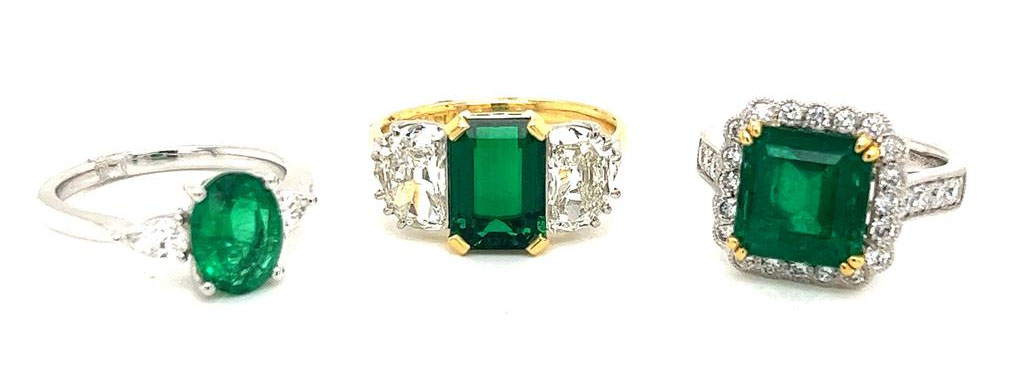
Gift inspiration
Emeralds make for beautiful pieces of jewellery that you can truly treasure, and if you’re looking for a unique alternative to the classic diamond, emeralds are a wonderful choice.
Emerald gemstones come in a wide range of shapes, from the rectangular Emerald Cut to Oval or Round. As an engagement ring, emeralds are a stunning option proving the perfect alternative for the bride-to-be who wants something striking, elegant and different from diamond.
As the birthstone for May, emerald necklaces and bracelets also make great birthday gifts for someone special. Or, perhaps a pair of sophisticated earrings are the perfect way to mark a special occasion? With the rich green hue and a variety of shapes to choose from, earrings are a wonderful way to enable the emeralds to catch the light and shine.
Final thoughts
Emeralds have such a rich history and are one of the most striking gems you can buy, making them a wonderful addition to a fine jewellery collection. Symbolising hope and renewal whilst evoking wealth and status, the emerald has long held its place as a prized possession among royalty and the elite.
From rings and wedding jewellery to necklaces, bracelets and statement earrings, we keep a wide range of emerald jewellery in our Guildford shop. Whether you’re looking for a unique engagement ring, a special birthday or anniversary gift or simply a beautiful item to mark a special occasion, please feel free to get in touch with us or come into the shop. Our friendly team would be glad to help you choose the perfect emerald for your collection.

